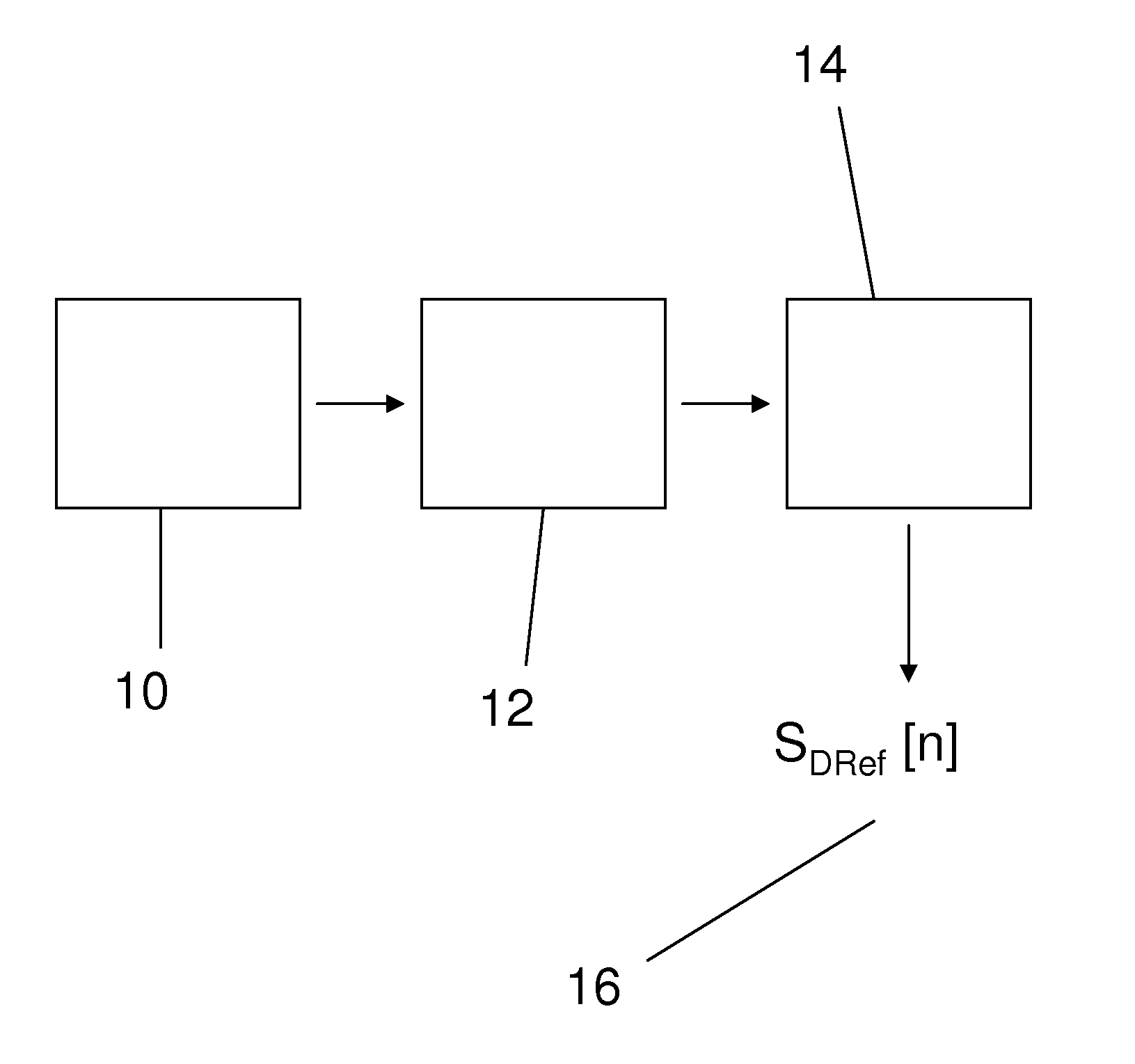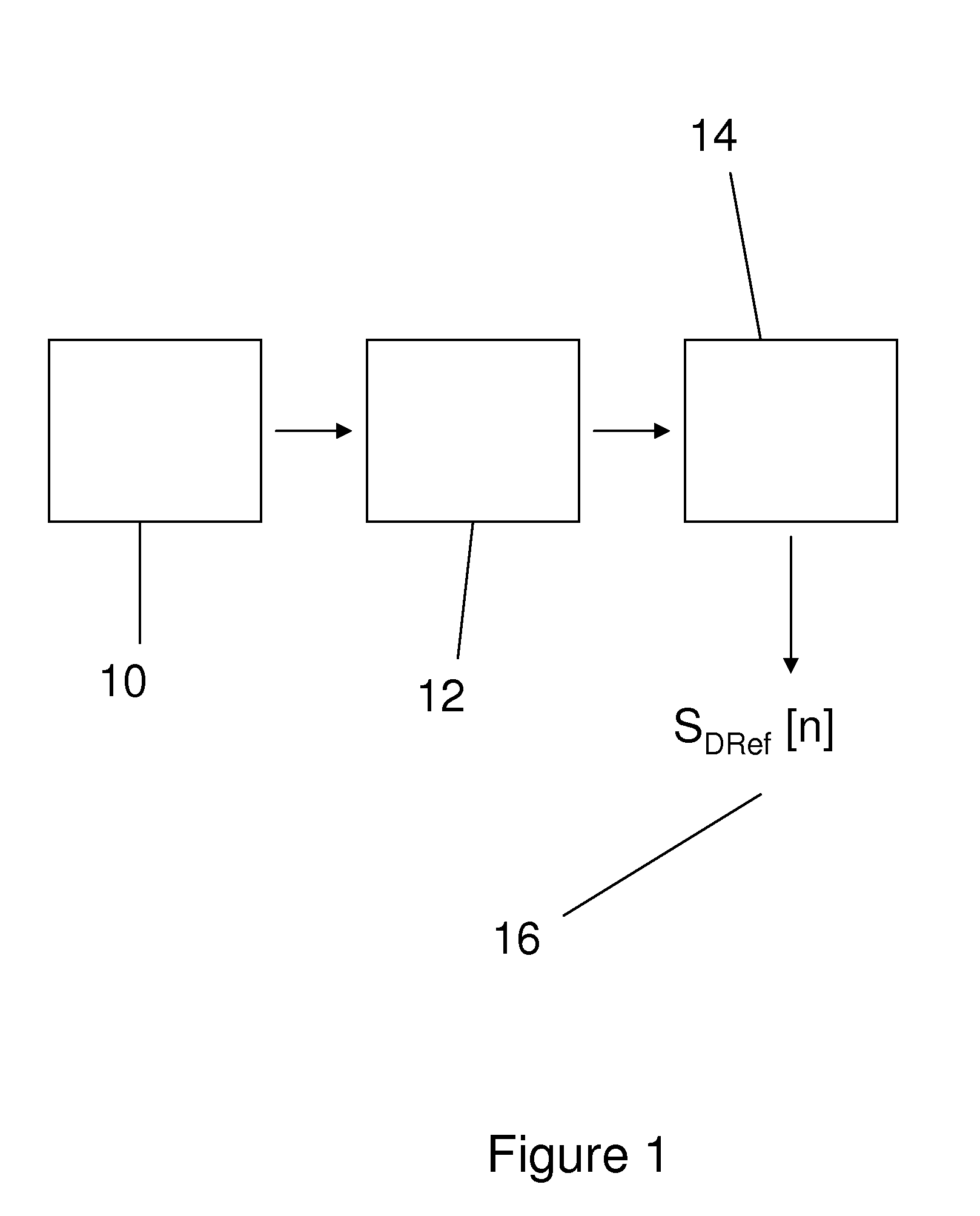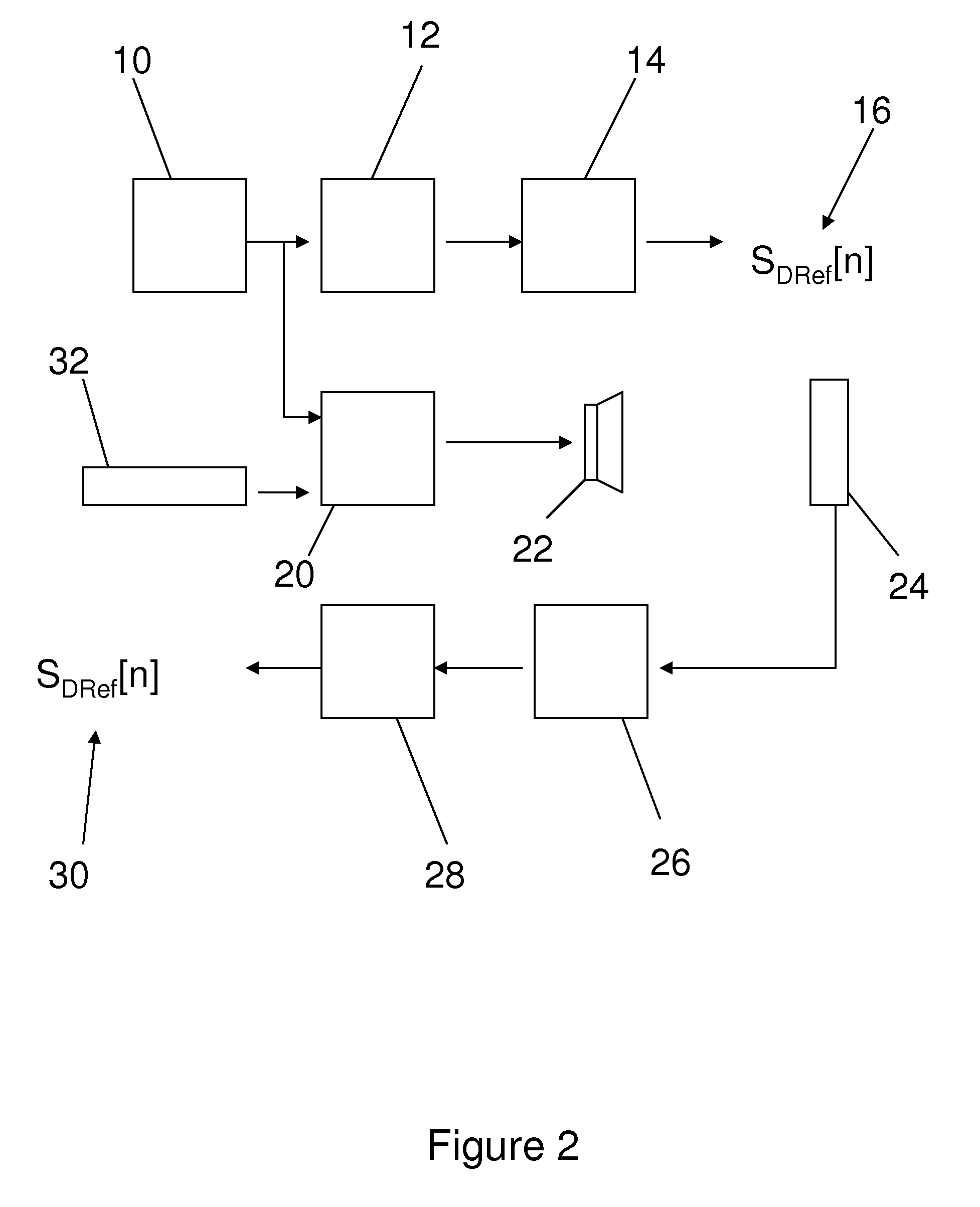Ambient noise compensation system
a noise compensation and ambient noise technology, applied in the direction of transducer protection circuits, amplification control, electric devices, etc., can solve the problems of increasing the difficulty of tasks, contributing to the ambient noise of the listening area, and the outdoor listening area often encountering increasing and decreasing ambient noise, etc., to achieve the desired volume of sound
- Summary
- Abstract
- Description
- Claims
- Application Information
AI Technical Summary
Benefits of technology
Problems solved by technology
Method used
Image
Examples
Embodiment Construction
)
[0017]Exemplary embodiments are directed to an ambient noise compensation system and a method of ambient noise compensation. Exemplary embodiments may be used for outdoor and indoor listening areas and outdoor and indoor venues having multiple listening areas.
[0018]A sound system that may be used with exemplary embodiments may be a digital audio system. It should be recognized by one skilled in the art that an analog system may also be used. To obtain a reference value 16 a digital audio system may be played at a high resolution and may have highly sampled data in the digital side of the system. This high-frequency sampled audio data 10 may be down sampled and pass through a low pass filter 12. The down sampling and passage through a low pass filter may ensure that only frequency components in the audible frequency are transmitted. The signal is then subjected to a numerical process with a time window 14. The resultant value is the reference value (SDRef[n]) 16 and may stand for th...
PUM
 Login to View More
Login to View More Abstract
Description
Claims
Application Information
 Login to View More
Login to View More - R&D
- Intellectual Property
- Life Sciences
- Materials
- Tech Scout
- Unparalleled Data Quality
- Higher Quality Content
- 60% Fewer Hallucinations
Browse by: Latest US Patents, China's latest patents, Technical Efficacy Thesaurus, Application Domain, Technology Topic, Popular Technical Reports.
© 2025 PatSnap. All rights reserved.Legal|Privacy policy|Modern Slavery Act Transparency Statement|Sitemap|About US| Contact US: help@patsnap.com



